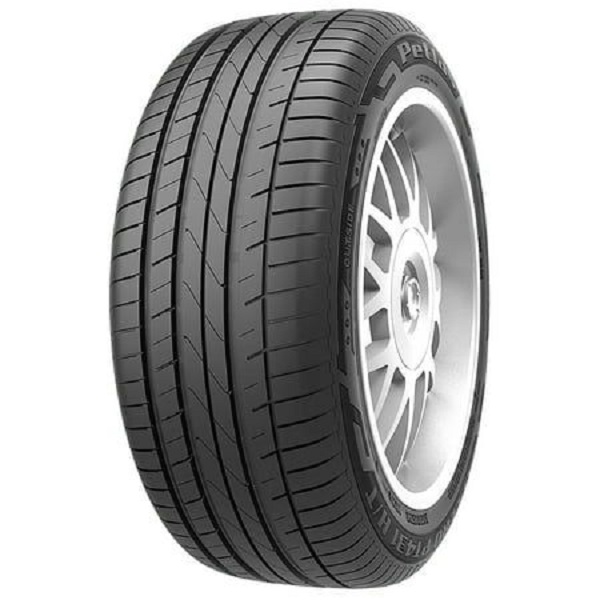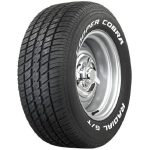When it comes to vehicle safety and performance, understanding tire thickness is crucial. Many drivers overlook the importance of tire thickness, but it plays a significant role in traction, handling, and overall driving experience. This article delves into the details of how thick car tires should be, factors affecting tire thickness, and tips for maintaining your tires effectively.
What is Tire Thickness?
How thick are car tires? Tire thickness refers to the depth of the tire’s tread, which directly impacts how well a tire can grip the road. It is measured from the surface of the tread to the base of the tire. The right thickness ensures optimal performance, especially in various weather conditions.
Importance of Tread Depth
Adequate tread depth is vital for effective water displacement, reducing the risk of hydroplaning. Tires with insufficient tread depth can lead to longer stopping distances and decreased traction, especially on wet or slippery roads.
Standard Tread Depths
Most new tires have a tread depth of around 10/32 to 12/32 of an inch. As tires wear down, the depth decreases, affecting performance. A depth of 4/32 inches or less is generally considered unsafe for driving.
Factors Influencing Tire Thickness
Several factors influence the thickness of car tires, including driving conditions, tire type, and maintenance practices.
Driving Conditions
Drivers in regions with harsh weather conditions, such as heavy rain or snow, may require tires with deeper tread for enhanced grip and safety. Conversely, drivers in warmer climates might choose tires with less thickness.
Type of Tire
Different types of tires, such as all-season, winter, and performance tires, have varying tread depths. For instance, winter tires typically have deeper treads designed for optimal snow and ice traction.
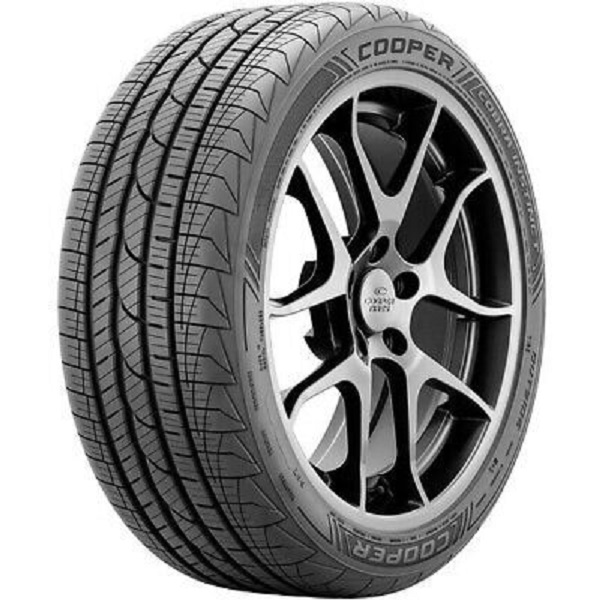
Maintenance Practices
Regular tire maintenance, including rotations and pressure checks, can help maintain optimal tire thickness. Over-inflated or under-inflated tires can wear unevenly, leading to premature thinning of the tread.
How to Measure Tire Thickness
How thick are car tires? Measuring tire thickness is simple and can be done at home with a few tools.
Using a Tread Depth Gauge
A tread depth gauge is a handy tool that provides an accurate measurement of tread depth. Simply insert the gauge into the tread and read the measurement.
The Penny Test
If you don’t have a gauge, the penny test is a popular alternative. Insert a penny into the tread with Lincoln’s head facing down. If you can see the top of his head, it’s time to replace your tires.
The Impact of Tire Thickness on Performance
Tire thickness significantly affects various aspects of vehicle performance, from fuel efficiency to ride comfort.
Traction and Handling
Thicker tires generally provide better traction, enhancing handling and stability. This is particularly important during sharp turns or sudden stops.
Fuel Efficiency
Worn tires can decrease fuel efficiency. When tires lose thickness, they require more energy to roll, resulting in increased fuel consumption.
Comfort and Noise
Thicker tires can absorb more road noise and vibrations, providing a smoother ride. This can enhance overall comfort during long drives.
When to Replace Your Tires
Knowing when to replace your tires is essential for safety. Here are some indicators:
Tread Wear Indicators
Most tires come equipped with tread wear indicators, small bars of rubber that become visible as the tread wears down. If these indicators are visible, it’s time for new tires.
Uneven Wear Patterns
If you notice uneven wear patterns, it might be a sign of misalignment or improper inflation. Consult a professional for an inspection and potential tire replacement.
Maintaining Optimal Tire Thickness
Maintaining your tires is key to ensuring they remain thick enough for safe driving.
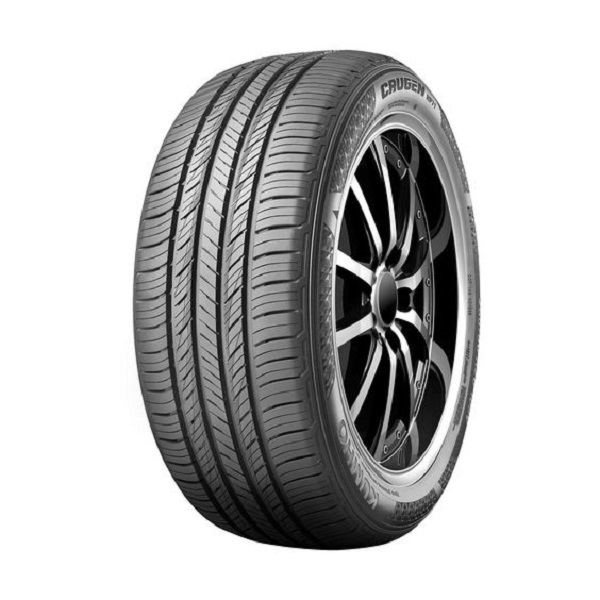
Regular Inspections
Perform regular inspections of your tires for signs of wear and damage. Check for cracks, bulges, and foreign objects that could compromise tire integrity.
Proper Inflation
Keep your tires inflated to the manufacturer’s recommended pressure. Under-inflation can cause excessive wear, while over-inflation can lead to a harsh ride.
Tire Rotation
Rotate your tires every 5,000 to 7,500 miles to ensure even wear. This simple maintenance task can extend the life of your tires.
Understanding Different Tire Types and Their Thickness
Not all tires are created equal; different types serve various purposes and have specific thickness requirements.
All-Season Tires
All-season tires typically feature a tread depth of 10/32 to 12/32 of an inch. They offer a balanced performance in various weather conditions, making them a popular choice for everyday driving.
Winter Tires
Winter tires are designed for colder climates and often have a deeper tread depth, usually around 12/32 to 16/32 of an inch. This additional thickness helps them grip snow and ice, enhancing safety during winter months.
Performance Tires
Performance tires prioritize handling and speed. They may have varying tread depths but often feature unique designs to maximize contact with the road. It’s crucial to monitor their thickness for safety.
Environmental Impact of Tire Thickness
Tire thickness also has environmental implications, affecting not only performance but also sustainability.
Fuel Consumption and Emissions
Thicker tires can enhance fuel efficiency, leading to lower emissions. When tires maintain their optimal thickness, they require less energy to roll, resulting in better fuel economy.
Tire Recycling
As tires wear down and need replacing, proper disposal and recycling become important. Many tire retailers offer recycling programs, ensuring that old tires are disposed of responsibly.
Tips for Choosing the Right Tires
Selecting the right tires involves understanding your driving habits and vehicle requirements.
Assess Your Driving Needs
Consider where and how often you drive. If you face extreme weather conditions, investing in specialized tires with appropriate thickness is wise.
Consult Professionals
When in doubt, consult tire professionals who can recommend the best options based on your vehicle and lifestyle. They can provide insights on tire thickness and suitability.
The Role of Tire Thickness in Off-Roading
For off-road enthusiasts, tire thickness plays an even more critical role.
Traction on Rough Terrain
Thicker tires with deeper treads provide better traction on uneven surfaces. They can grip rocks, mud, and loose gravel more effectively, ensuring a safer off-road experience.
Tire Puncture Resistance
A thicker tire tread can also enhance puncture resistance, reducing the risk of damage from sharp objects. This is essential for off-roading, where tire integrity is constantly challenged.
Common Myths About Tire Thickness
Understanding the truth about tire thickness can help you make better decisions regarding your tires.
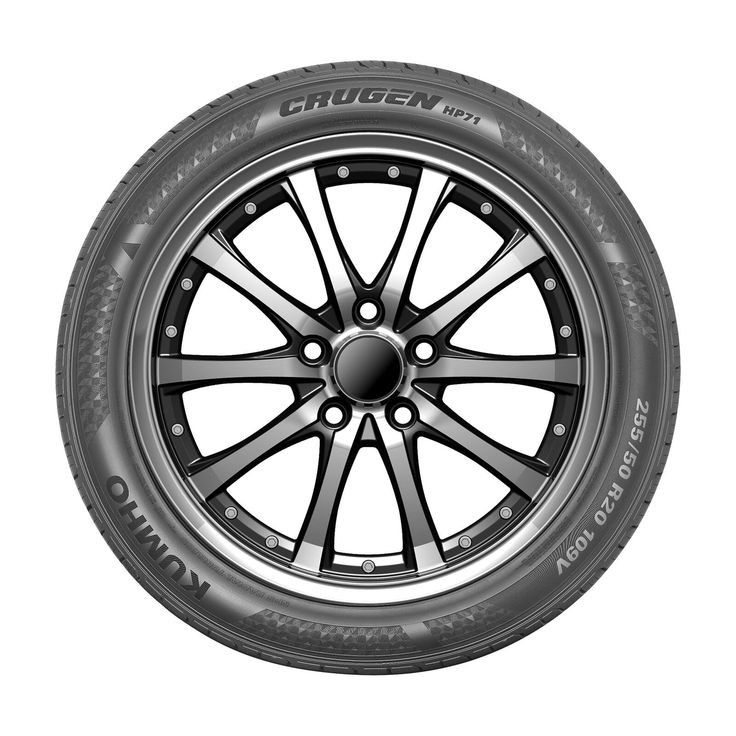
Myth: Thicker Tires Always Last Longer
While thicker tires can offer better traction and durability, their longevity depends on factors such as driving habits and maintenance. Regular wear and tear can still occur, regardless of thickness.
Myth: Any Tread Depth is Acceptable
Some drivers mistakenly believe that any tread depth is safe. In reality, treads worn down to 4/32 inches or less can significantly reduce safety and performance, especially in wet conditions.
Innovations in Tire Technology
Advancements in tire technology continue to influence thickness and performance.
Smart Tires
Smart tires equipped with sensors can monitor tread depth and provide real-time data to drivers. This technology helps ensure that tires maintain optimal thickness for safety and performance.
Eco-Friendly Materials
Manufacturers are increasingly using eco-friendly materials to produce tires. These innovations not only enhance durability but can also lead to better fuel efficiency, ultimately benefiting the environment.
Understanding Local Regulations on Tire Standards
Many regions have specific regulations regarding tire thickness and safety standards.
Compliance with State Laws
Familiarize yourself with your local laws regarding tire tread depth. Some states may have minimum tread depth requirements for vehicles to be considered roadworthy.
Importance of Inspections
Regular vehicle inspections can help ensure compliance with these regulations. This not only enhances safety but can also save you from potential fines.
Conclusion
Understanding how thick car tires should be is essential for ensuring safety and performance. Regular maintenance, proper measurements, and awareness of tire types can help you make informed decisions about your vehicle. Don’t underestimate the importance of tire thickness—your safety depends on it!
